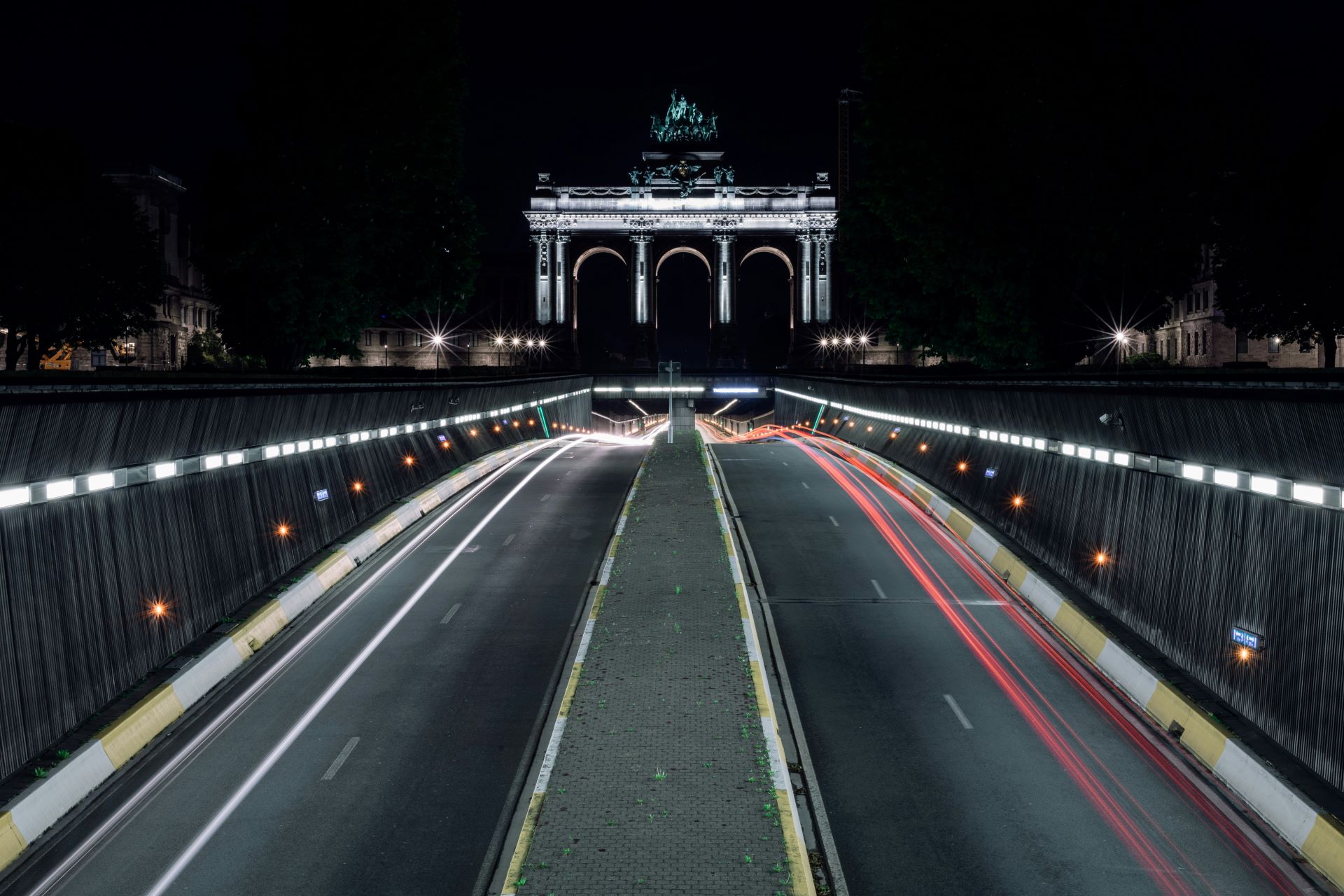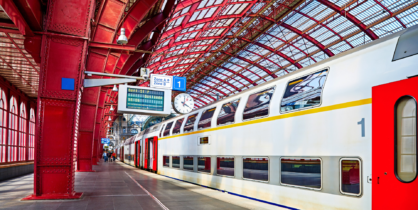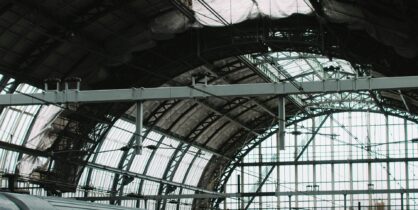24/7 Public Transport as a Public Necessity
Brussels’ night bus just isn’t cutting it anymore for late-night public transport.
Travelling by public transport within Brussels is a straightforward process. Individuals simply find their stop, wait for their tram, bus, or metro, and ride to their destination. That is, of course, as long as it’s before midnight. Between midnight and one in the morning, the frequently running trams and metros fall into disuse until all that’s left is the mythical Noctis night bus.
The problem with Noctis
If one is lucky enough to catch the Noctis night bus, they must have planned. The bus operates only on Fridays and Saturdays – leaving no options for late-night travel during the rest of the week- offering infrequent rides every 30 minutes between 12 and 3 am. Even when it is running, its limited 11 lines do not cover the entire city. With such a distinct lack of travel options, individuals are left taking expensive Ubers or braving long walks at unsafe hours. Brussels’ public transport system fails to account for the many late-night activities that take place across the city.

Brussels is home to many summer festivals, drawing crowds from across Europe and beyond. The public transit system is vital to allow events like the Brussels International Film Festival and Vaux Hall Summer to function. However, with most venues open well past midnight, public transport is an unreliable way to return to festival-goers accommodation after the fun has ended. What should be easily accessible experiences – thriving with Belgian art, music, and culture – become stressful and expensive travel nightmares that only deter crowds from returning.
The forgotten nighttime travellers
Public transport services shut down just as nightlife in Brussels begins. It’s not just tourists and visitors who are impacted, but locals too. The system is designed to forget its nighttime travellers, including the city’s night-shift workers. When working hours start or end outside the tram timetable, those who rely on public transport to earn a living are completely left out of the equation.
Three percent of the Brussels workforce work night shifts, and 8.2 percent work in the evening. While public transport is slowing and stopping, Brussels is still awake and moving. The city must reassess its transport system to meet the needs of its people. Limited availability after dark ignores the reality of the city’s thriving midnight social scene. At a time when tourists and locals alike are searching for a safe, reliable, and affordable way to travel, public transport should rise to meet the demand.
What can be done?
Cities like Copenhagen, Denmark, offer an example for Brussels to follow. Copenhagen boasts a unique 24/7 public transport system. The city is connected by four metro lines spanning from the city centre to surrounding neighbourhoods. These lines run continuously, allowing travellers to move at any time with reliable service. While there may be occasional delays due to maintenance, users are informed well in advance, and alternative transport is made available. This uninterrupted service is made possible by automated, self-driving trains. Nevertheless, attendants are still present to take over in case of emergency and to assist travellers as needed. The frequent trains (arriving roughly every two minutes during peak hours) serve as a clear model for what modern public transport can be.
Another city leading the way in public transport is London, England. While the London Underground may not run all night, its buses are ready to bridge the gap. London offers a wide variety of night buses. Unlike Brussels’ Noctis, these buses operate every day of the week, running from the time the Tube closes until it opens again. Passengers are never left stranded while searching for an alternative ride, as some form of public transport is always available. London’s night buses reach every corner of the city and operate in proportion to demand – more travellers mean more buses. This system ensures there is always an option to get around, day or night.
Continuing to offer such limited public transport hours only drives locals and tourists alike towards more expensive, dangerous, and environmentally harmful alternatives.
Moving forward
Continuing to offer such limited public transport hours only drives locals and tourists alike towards more expensive, potentially more dangerous, and environmentally harmful alternatives. Expanding public transport to support the city’s vibrant nightlife would demonstrate the transit authority’s commitment to prioritising its people. Whether the city increases night bus routes and frequency or develops a 24/7 metro, Brussels must overhaul its transport system. Brussels must provide a city-wide network that gets people where they need to go, at any hour.

